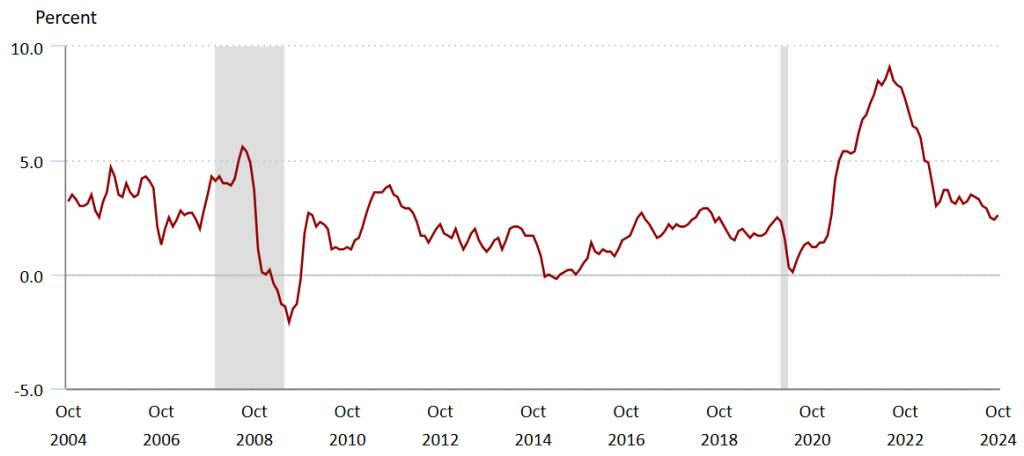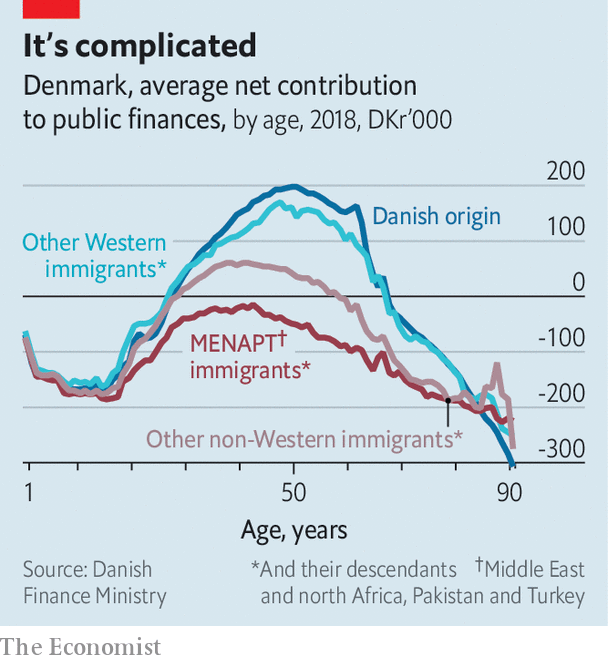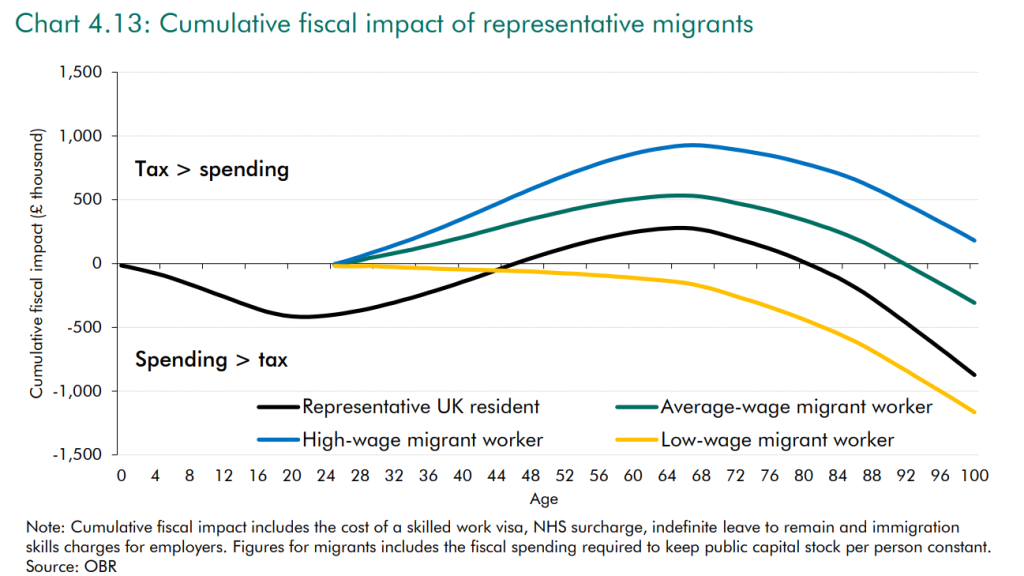On Wednesday, the Bureau of Labor Statistics released the latest Consumer Price Index (CPI) report for October. Following the trend of the last three months, the inflation rate increased 0.2% on a monthly basis. Annually, the consumer prices for all items increased by 2.6% vs 2.4% in September, which is in line with expectations.
The core CPI (excluding more volatile food and energy) increased 3.3% on a yearly basis, while monthly core CPI increased 0.3%, both showing the same rate as the prior month. Lacking big surprises, the steady inflation data paved the road for another likely interest rate cut in December.
After a 50 bps cut in September and a 25 bps cut in November, the fed funds rate lowered by 0.75% to the current range of 4.50 – 4.75%. For December, the probability for another 25 bps cut is 82.5%, per FedWatch Tool data. The question is, should investors and American taxpayers expect to see any major shifts under the Trump admin?
Does the Office of the President Affect the Inflation Rate?
In an alternate reality, if Trump had been the president for the last four years instead of Biden, it is exceedingly likely that the inflation rate trajectory would’ve played out the same.
At its peak, CPI reached 9.1% in June 2022, subsequently quashed by the Fed’s rapid interest rate cuts, starting from March 2022.
After some lag, the historic money supply increase eventually built up into a decades-high inflation rate. Image credit: U.S. Bureau of Labor Statistics
First, it is President Trump who initiated the unprecedented lockdowns during the pandemic narrative. In turn, the Federal Reserve responded with an equally unprecedented M2 money supply boost (inflation), in excess of $6 trillion.
For comparison, the banking bailouts during the Great Financial Crisis (GFC) of 2008 amounted to $498 billion. These were the same bailouts that birthed Bitcoin (BTC) a year later. In the ensuing cryptocurrency era spawned by Bitcoin, the public became familiar with the effect of coin supply unlocks on their respective valuations.
The same dynamic played out in real economics – more money supply, lesser dollar value, i.e. inflation. Secondly, it appears that the Federal Reserve is isolated from elections and democratic processes. When recently asked if he would step down if asked to by President-Elect Donald Trump, the current Fed Chair Jerome Powell was quite clear.
In other words, if either Trump or Biden had been holding the office of the President, or someone else entirely, the inflation surge would likely have played out exactly the same. This could apply to the occupancy of the Fed Chair as well. But could a Powell-Trump friction cause unexpected troubles for investors down the line?
What Should Investors Expect from the Trump Presidency?
It is no secret that Donald Trump is a fan of the stock market. During his first term, it had been commonly reported that Trump would watch the NYSE as the market reacted to his policies or the absence of them. Case in point, when he posted this series of tweets in August 2019, about setting 10% tariffs on China’s imports worth $300 billion, the market dropped by several percentage points.
However, after seeing the market’s reaction, the plan was delayed and even the planned tariffs were eventually reduced. Throughout his entire first term, President Trump boasted about his effect on the US stock market. Notably, in October 2018 at a Tennessee campaign rally, he emphasized that:
“The stock market is at an all-time high. The economy is booming, wages are rising, and more Americans are working today than ever before. Ever before,”
Interestingly, President Trump even assured the World Economic Forum (WEF) attendees in Davos, Switzerland, in January 2018.
“You have a lot of our stock in the United States, so I have helped to make Switzerland even richer, and I’m very happy about that,”
With tariffs back on the table as one of the key points of Trump’s campaign, it is likely that this rhetoric will serve as a vehicle to cut deals, while the priority stays on stocks going up. Moreover, during his first term, President Trump was a fan of cutting interest rates.
Although he appointed Jerome Powell as Fed Chair, Trump openly expressed his regrets because Powell wasn’t cutting rates fast enough, notably saying that “ Where did I find this guy Jerome? Oh well, you can’t win them all!”
Given that Powell is in the middle of an easing cycle, there will likely be less friction this time around. As Fed Chair, Powell’s term expires in 2026, though his position as a Federal Reserve Governor extends until January 31, 2028. However, both former Chairs, Ben Bernanke and Janet Yellen, left the Board entirely after their terms as Chair concluded.
What About Mass Deportations?
Although “mass deportation now!” signs were visible at rallies throughout the Trump campaign, they are likely to be minor in scope. Reminder that chants “lock her up!” related to Hillary Clinton were present in the previous 2016 election cycle. Yet, such sentiment completely failed to materialize.
If the deportation focus is on illegals with criminal records, that would amount to around 1.2 million, according to Goldman Sachs (NYSE:GS) estimate in June. If the scope of mass deportations is on illegals as a whole, that could result in 11 million deportations at a minimum.
This would likely be done by cutting off federal funding support, including sanctioning employers who benefit from illegal labor. Could this negatively affect the economy?
If we go by examples in Europe, the impact of non-Western immigration has largely been negative. For Denmark, the Economist framed this as “Danes turned against immigration” when data showed net negative contributions to the budget.
Image credit: The Economist
Likewise, the UK’s Office for Budget Responsibility (OBR) in September arrived at similar data, showing that the average low-wage migrant worker is likely never to be a net contributor in their lifetime.
Image credit: OBR
By the same token, it is to be expected that low-wage illegals in the US are to be a net drain on the economy. However, if the focus is on cheap labor monetized by taxpayers, the Trump admin could realign to boost the bottom line for companies, and therefore stocks. This would then be a question of Trump fulfilling the demands of his donor patrons rather than voters.
The current trajectory clearly points to foreign-born workers gaining employment, while native-born workers lose employment. A major upset of this cheap labor trend is likely to tumble the stock market in the short run but strengthen it in the long run.
After all, the labor force participation rate for native-born men is only 66.1%, and even lower for native-born women at 57.6%. But given the short-term scope of a single presidential term, it may be the case that the Trump admin will extend the existing cheap labor trend.
***
Neither the author, Tim Fries, nor this website, The Tokenist, provide financial advice. Please consult our website policy prior to making financial decisions.
This article was originally published on The Tokenist. Check out The Tokenist’s free newsletter, Five Minute Finance, for weekly analysis of the biggest trends in finance and technology.
